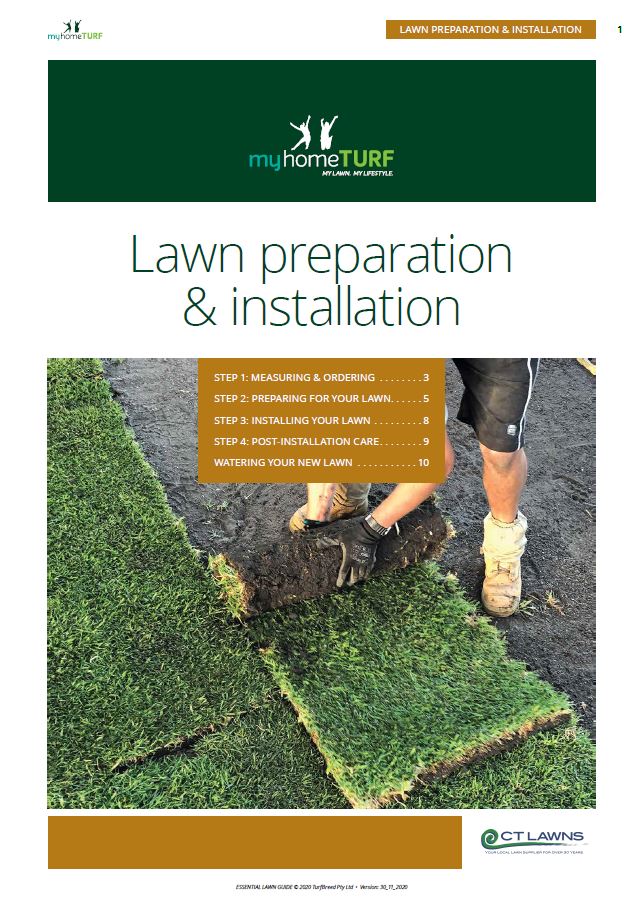Use a tape measure to get the dimensions of your yard. Here’s some handy methods for different shapes you might encounter:
Square
Measure the Length and the Width in metres.
Area = Multiply Length x Width.
For example: 10m x 10m = 100 square metres

Rectangle
Measure the Length and the Width in metres.
Area = Multiply Length x Width.
For example: 20m x 10m = 200 square metres.

Triangle
Measure Base and Height in metres.
Area = Multiply Base x Height then divide by 2.
Example: Base 20 metres x height 10 metres = 200 square metres.
200 divided by 2 = 100 square metres.

Parallelogram
Measure Base and Height in metres.
Area = base x height.
Example – If the base is 10 metres and the height is 5 metres: 10m x 5m = 50 square metres.
Trapezoid
Measure lengths a, b and Height in metres
Area = a + b divided by 2 then multiplied by Height
Example: 20 + 10 = 30 then divide by 2 = 15 then x 10 = 150 square metres

Circle
Measure the diameter of the circle in metres.
Area = multiply 0.80 by the diameter and then by diameter again.
Example: Diameter 5 metres – 0.80 x 5 x 5 = 20 square metres.

Oval
Measure the Major Radius (a) and the Minor Radius (b) in metres.
Area = Major Radius (a) x Minor Radius (b) x 3.14.
Example – If (a) is 5 metres and (b) is 2 metres: 5m x 2m = 10m. 10m x 3.14 = 31.4 square metres.

How to calculate the volume of turf underlay
Lawns perform at their best when they have at least 100-150mm of good quality turf underlay soil such as sandy loam or under-turf mix.
Once you have worked out how many square metres you are going to need you then multiply by the depth to get the cubic metres. We recommend at least 100mm or 150mm of turf underlay.
Example – For a square which measures 10m x 8m and you are going to put down 100mm of turf underlay soil. 10m x 8m = 80m². Then multiply by 0.1m = 8m³.
If you decided to put down 150mm of turf underlay then the calculation would be 80m² x 0.15m = 12m³

